The portrait depicts Vice Admiral Sir John Chambers White, KCB (c.1770-1845) who was a prominent British Royal Navy officer of the early nineteenth century, who participated in a number of engagements during the Napoleonic Wars. The badge depicted on the sitter’s left breast represents The Most Honourable Order of the Bath, K.C.B., Military Division, Knight Commander (formerly the Most Honourable Military Order of the Bath), an honour founded by King George in 1725. The name of the honour derives from the elaborate medieval ceremony for creating a knight, which involved bathing (as a symbol of purification) as one of its elements. The knights so created were known as "Knights of the Bath". The portrait is signed and dated 1840 and it was most likely painted to mark the event of receiving this highly regarded honour.
The sitter achieved most of his fame in the late 1790s as the commander of HMS Sylph, a small brig operating in Northern European waters. White was able to capture a number of equivalent French, Spanish and Dutch vessels and on one occasion was instrumental in the destruction of a much larger French frigate by a British squadron. In 1798 he was with the squadron that discovered the French invasion attempt on Ireland and acted as a messenger in the campaign to destroy the invasion force that ended at the Battle of Tory Island. After the war, White largely retired, but retained several shore appointments and rose to the rank of vice-admiral.
White was born the son of wealthy New York City merchant, Henry White, who was a member of the New York City Council and President of the New York Chamber of Commerce in 1772-73. The Whites were ardent Loyalists during the American Revolutionary War, and in 1783 the family abandoned their home in New York and move to London. John White joined the Royal Navy soon afterwards. In 1790 he was promoted to lieutenant and served in the French Revolutionary Wars, becoming commander of the brig Sylph, which was a highly successfully cruiser, in 1795. She captured the Dutch brig Mercury and then, in 1796, she captured the French privateer Phoenix. In 1798, White seized six French, Spanish and American ships in the Bay of Biscay, and during October participated in the opening stages of the Battle of Tory Island. In 1799, White was rewarded with promotion to post captain and was given command of the ship of the line HMS Renown which served in the Mediterranean, and in 1801 engaged the defences of Porto Ferrajo.
After the war, White left active service but continued to advance in rank becoming a rear-admiral and then a Knight Commander of the Order of the Bath, by which time he was a vice-admiral. He served as superintendent of Woolwich Dockyard and in January 1844 was made Commander-in-Chief of The Nore, dying suddenly the following year. He first married Cordelia Fanshawe (1780-1809) in 1800. He married his second wife Charlotte Elizabeth Dalrymple (1787-1830) in 1816 and this marriage produced two sons, General Sir Henry Dalrymple White (1820-1886), who was a general in the Army and commanded the 6th (Inniskilling) Dragoons during the Crimean War, and Rev. Adolphus White (1823-1910), and one daughter, Charlotte White (1817-1892), who lived and died as a Carmelite nun in Paris. Sir John died on 4 April 1845 at Sheerness in Kent (England).
George Patten was born in 1801 the son of William Patten, a miniature-painter, whose works were exhibited at the Royal Academy between 1791 and 1844. He received his early training in art from his father, and in 1816 became a student in the Royal Academy Schools, where he first exhibited a miniature of his father in 1819. In 1828 he again entered the schools of the academy, and took up oil painting. In 1837 he went to Italy, visiting Rome, Venice, and Parma; and on his return to England he was elected an associate of the Royal Academy. Early in 1840 he went to Germany to paint a portrait of Prince Albert which was exhibited at the Royal Academy. He was later appointed portrait-painter in ordinary to the Prince. During the latter part of his life Patten lived at Goodrich Cross, Ross, Herefordshire, but before his death he returned to Winchmore Hill, Middlesex. He died at Hill House, his residence there, on 11 March 1865, aged sixty-three.
Provenance:
Sir John Chambers White (c.1770-1845); to his son,
General Sir Henry Dalrymple White (1820-1886); to his son,
Sir Godfrey Dalrymple Dalrymple-White, 1st Baronet (1866–1954); to his son,
Sir Henry Arthur Dalrymple-White, 2nd Baronet (1917–2006) of Belgrave Square, London (as per label on verso dated (19th October 1958), Sir H Dalrymple White
Measurements:
Height 149cm, Width 124cm, Depth 10cm framed (Height 18.5”, Width 48.75”, Depth 3.75” framed)






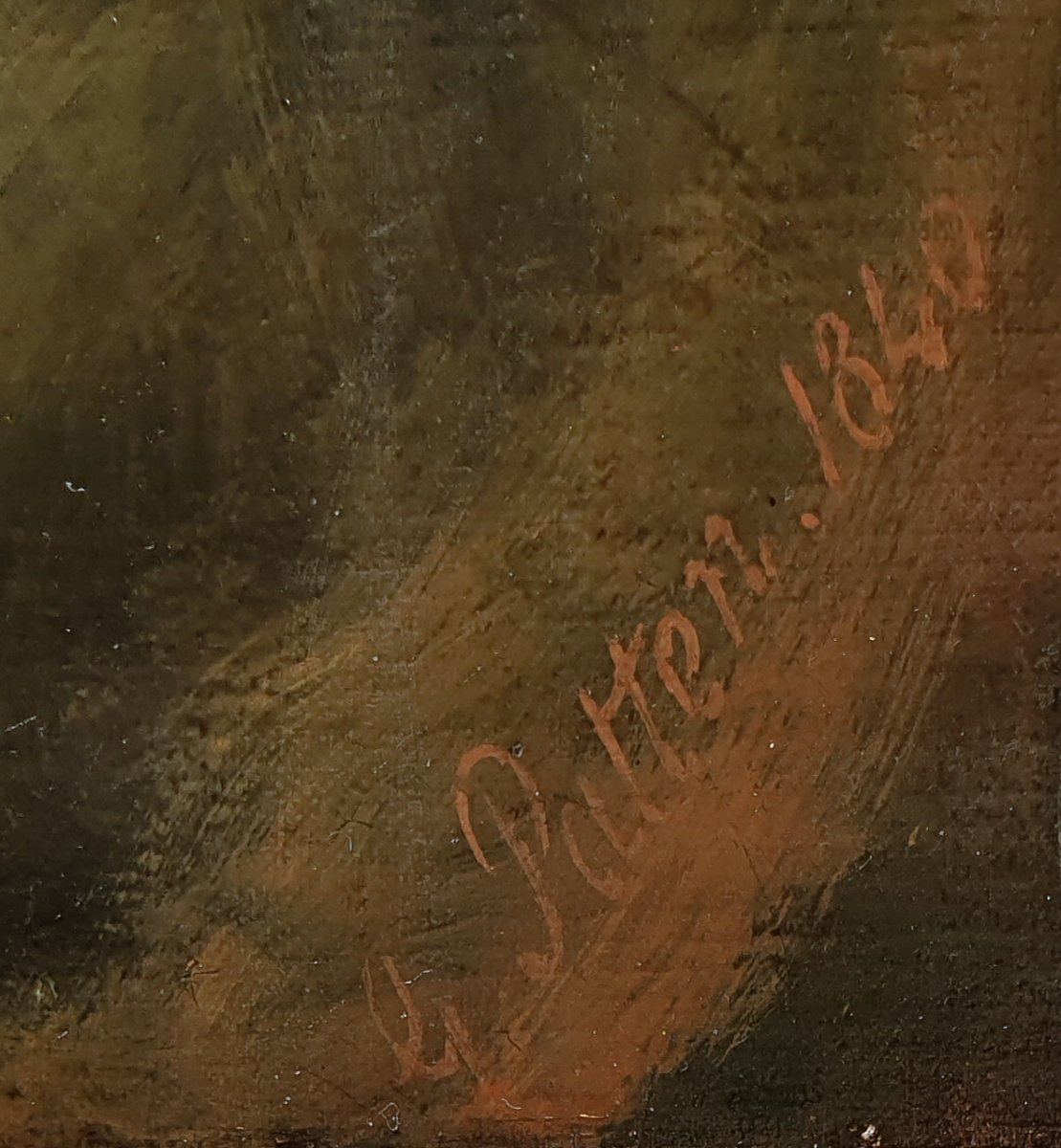

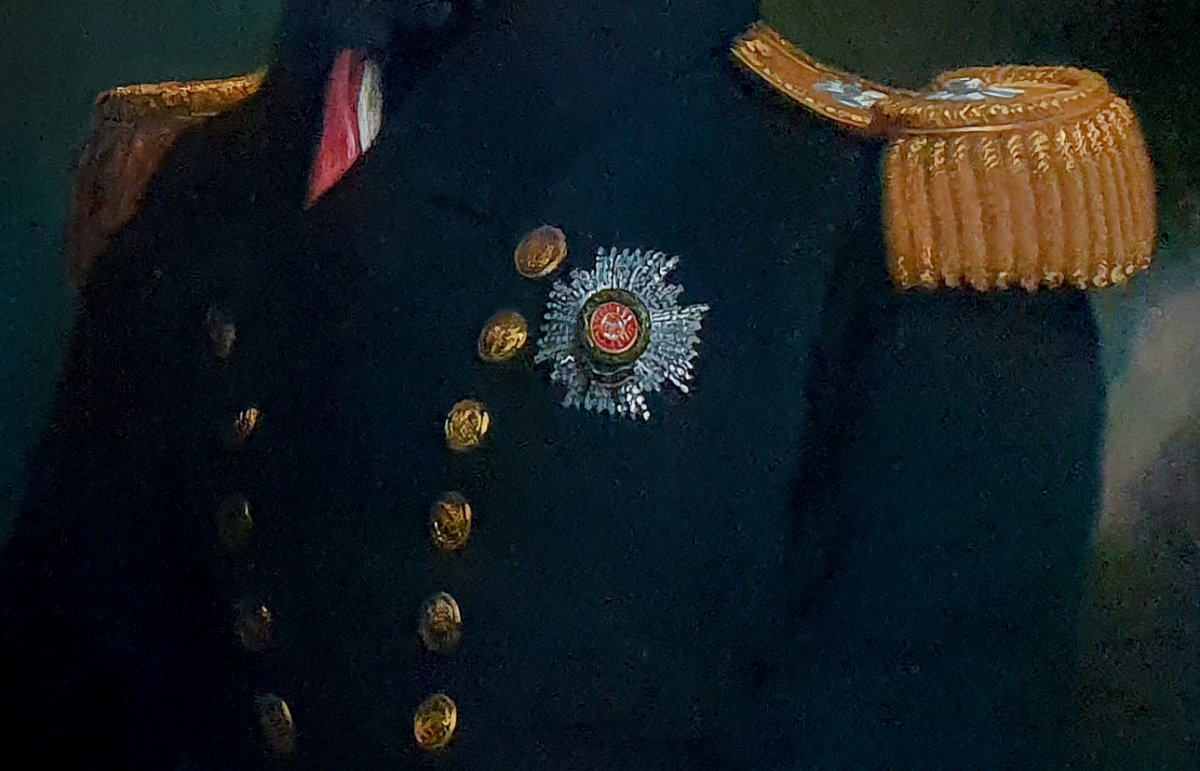



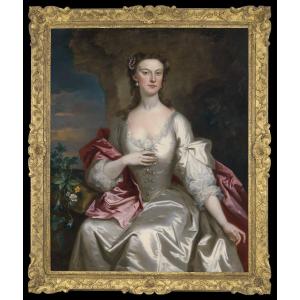
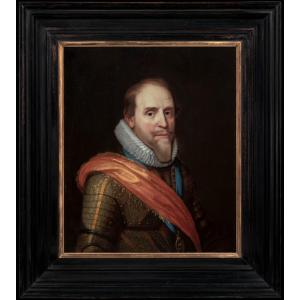
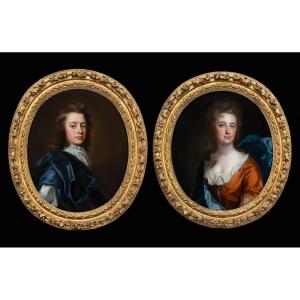





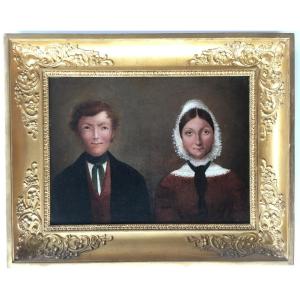
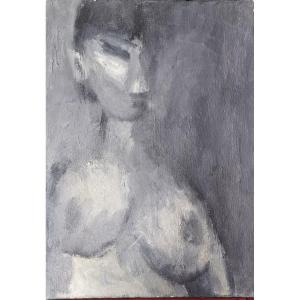
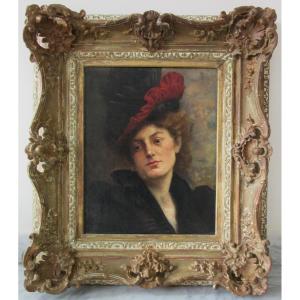



 Le Magazine de PROANTIC
Le Magazine de PROANTIC TRÉSORS Magazine
TRÉSORS Magazine Rivista Artiquariato
Rivista Artiquariato
